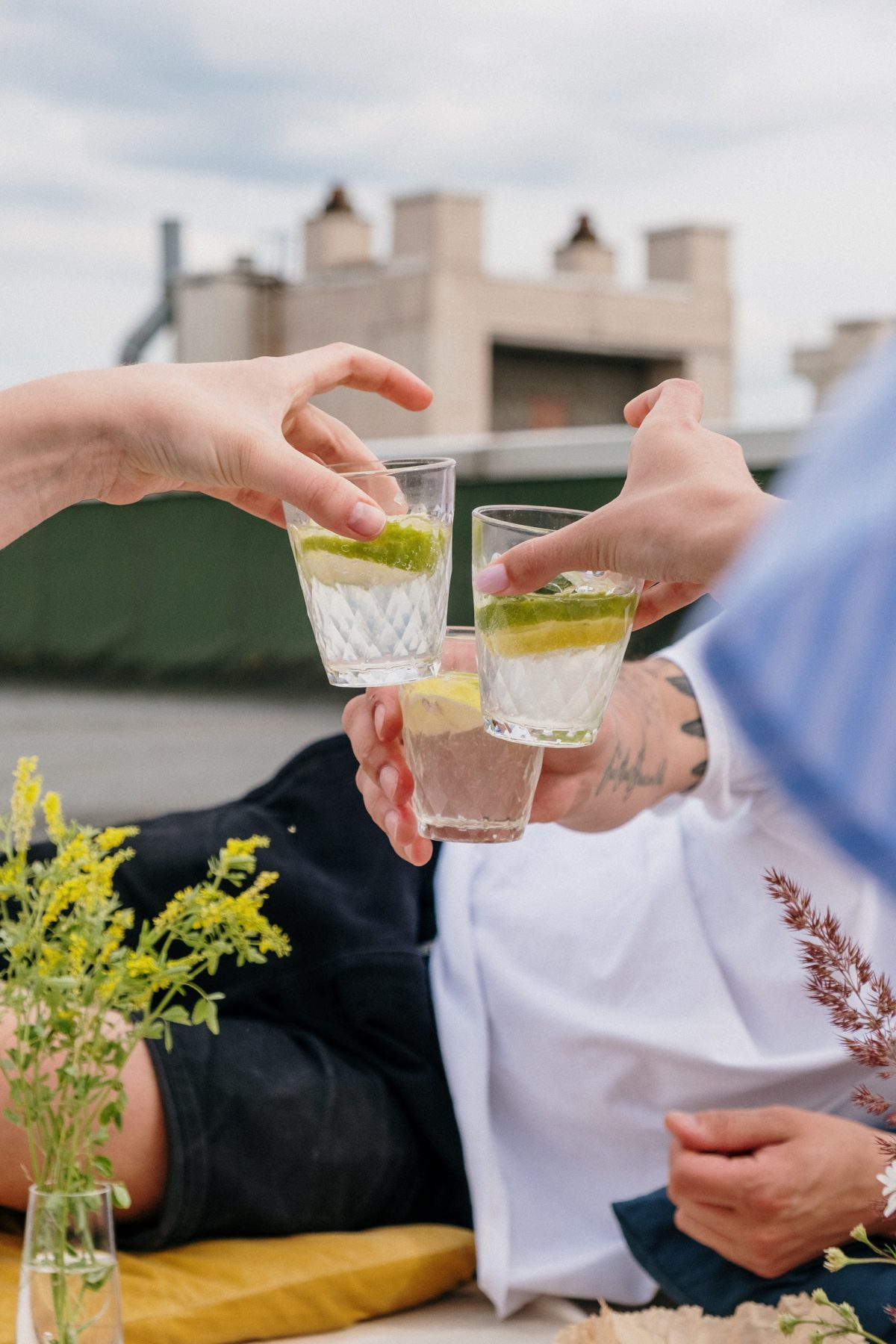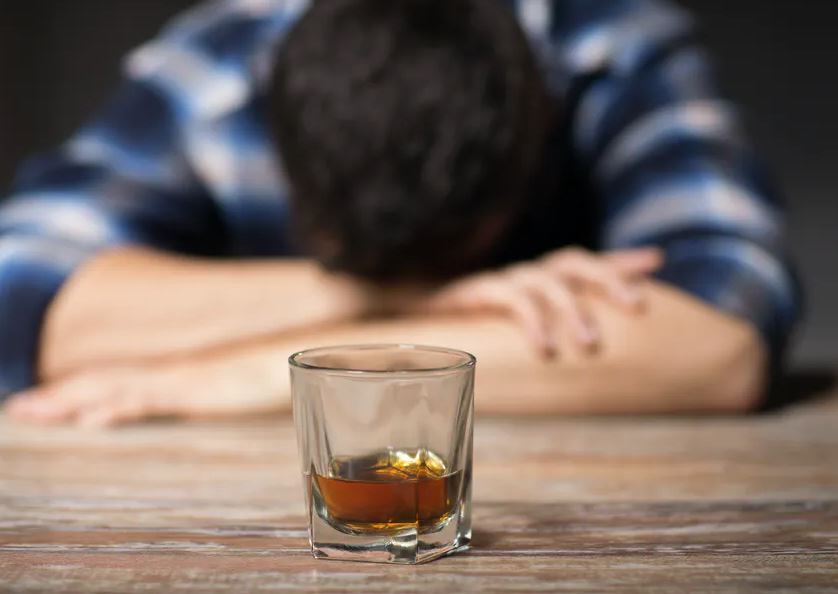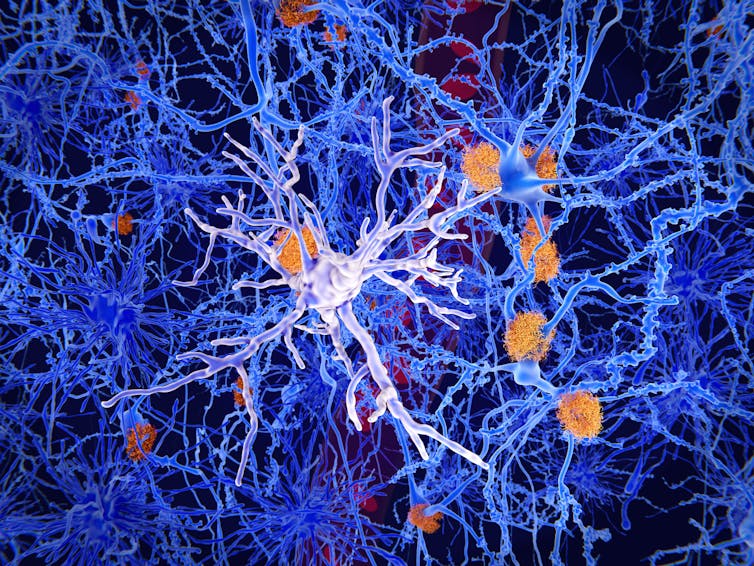A little alcohol can boost creativity and strengthen social ties. But there’s nothing moderate, or convivial, about the way many Americans drink today.
Few things are more American than drinking heavily. But worrying about how heavily other Americans are drinking is one of them.
Few things are more American than drinking heavily. But worrying about how heavily other Americans are drinking is one of them.
George Washington first won elected office, in 1758, by getting voters soused. (He is said to have given them 144 gallons of alcohol, enough to win him 307 votes and a seat in Virginia’s House of Burgesses.) During the Revolutionary War, he used the same tactic to keep troops happy, and he later became one of the country’s leading whiskey distillers. But he nonetheless took to moralizing when it came to other people’s drinking, which in 1789 he called “the ruin of half the workmen in this Country.”
What’s distinctly American about this story is not alcohol’s prominent place in our history (that’s true of many societies), but the zeal with which we’ve swung between extremes. Americans tend to drink in more dysfunctional ways than people in other societies, only to become judgmental about nearly any drinking at all. Again and again, an era of overindulgence begets an era of renunciation: Binge, abstain. Binge, abstain.
Right now we are lurching into another of our periodic crises over drinking, and both tendencies are on display at once. Since the turn of the millennium, alcohol consumption has risen steadily, in a reversal of its long decline throughout the 1980s and ’90s. Before the pandemic, some aspects of this shift seemed sort of fun, as long as you didn’t think about them too hard. In the 20th century, you might have been able to buy wine at the supermarket, but you couldn’t drink it in the supermarket. Now some grocery stores have wine bars, beer on tap, signs inviting you to “shop ’n’ sip,” and carts with cup holders.
Actual bars have decreased in number, but drinking is acceptable in all sorts of other places it didn’t used to be: Salons and boutiques dole out cheap cava in plastic cups. Movie theaters serve alcohol, Starbucks serves alcohol, zoos serve alcohol. Moms carry coffee mugs that say things like this might be wine, though for discreet day-drinking, the better move may be one of the new hard seltzers, a watered-down malt liquor dressed up—for precisely this purpose—as a natural soda.
Even before COVID-19 arrived on our shores, the consequences of all this were catching up with us. From 1999 to 2017, the number of alcohol-related deaths in the U.S. doubled, to more than 70,000 a year—making alcohol one of the leading drivers of the decline in American life expectancy. These numbers are likely to get worse: During the pandemic, frequency of drinking rose, as did sales of hard liquor. By this February, nearly a quarter of Americans said they’d drunk more over the past year as a means of coping with stress.
Explaining these trends is hard; they defy so many recent expectations. Not long ago, Millennials were touted as the driest generation—they didn’t drink much as teenagers, they were “sober curious,” they were so admirably focused on being well—and yet here they are day-drinking White Claw and dying of cirrhosis at record rates. Nor does any of this appear to be an inevitable response to 21st-century life: Other countries with deeply entrenched drinking problems, among them Britain and Russia, have seen alcohol use drop in recent years.
Media coverage, meanwhile, has swung from cheerfully overselling the (now disputed) health benefits of wine to screeching that no amount of alcohol is safe, ever; it might give you cancer and it will certainly make you die before your time. But even those who are listening appear to be responding in erratic and contradictory ways. Some of my own friends—mostly 30- or 40-something women, a group with a particularly sharp uptick in drinking—regularly declare that they’re taking an extended break from drinking, only to fall off the wagon immediately. One went from extolling the benefits of Dry January in one breath to telling me a funny story about hangover-cure IV bags in the next. A number of us share the same (wonderful) doctor, and after our annual physicals, we compare notes about the ever nudgier questions she asks about alcohol. “Maybe save wine for the weekend?” she suggests with a cheer so forced she might as well be saying, “Maybe you don’t need to drive nails into your skull every day?”
What most of us want to know, coming out of the pandemic, is this: Am I drinking too much? And: How much are other people drinking? And: Is alcohol actually that bad?
The answer to all these questions turns, to a surprising extent, not only on how much you drink, but on how and where and with whom you do it. But before we get to that, we need to consider a more basic question, one we rarely stop to ask: Why do we drink in the first place? By we, I mean Americans in 2021, but I also mean human beings for the past several millennia.
Let’s get this out of the way: Part of the answer is “Because it is fun.” Drinking releases endorphins, the natural opiates that are also triggered by, among other things, eating and sex. Another part of the answer is “Because we can.” Natural selection has endowed humans with the ability to drink most other mammals under the table. Many species have enzymes that break alcohol down and allow the body to excrete it, avoiding death by poisoning. But about 10 million years ago, a genetic mutation left our ancestors with a souped-up enzyme that increased alcohol metabolism 40-fold.
This mutation occurred around the time that a major climate disruption transformed the landscape of eastern Africa, eventually leading to widespread extinction. In the intervening scramble for food, the leading theory goes, our predecessors resorted to eating fermented fruit off the rain-forest floor. Those animals that liked the smell and taste of alcohol, and were good at metabolizing it, were rewarded with calories. In the evolutionary hunger games, the drunk apes beat the sober ones.
But even presuming that this story of natural selection is right, it doesn’t explain why, 10 million years later, I like wine so much. “It should puzzle us more than it does,” Edward Slingerland writes in his wide-ranging and provocative new book, Drunk: How We Sipped, Danced, and Stumbled Our Way to Civilization, “that one of the greatest foci of human ingenuity and concentrated effort over the past millennia has been the problem of how to get drunk.” The damage done by alcohol is profound: impaired cognition and motor skills, belligerence, injury, and vulnerability to all sorts of predation in the short run; damaged livers and brains, dysfunction, addiction, and early death as years of heavy drinking pile up. As the importance of alcohol as a caloric stopgap diminished, why didn’t evolution eventually lead us away from drinking—say, by favoring genotypes associated with hating alcohol’s taste? That it didn’t suggests that alcohol’s harms were, over the long haul, outweighed by some serious advantages.
Versions of this idea have recently bubbled up at academic conferences and in scholarly journals and anthologies (largely to the credit of the British anthropologist Robin Dunbar). Drunk helpfully synthesizes the literature, then underlines its most radical implication: Humans aren’t merely built to get buzzed—getting buzzed helped humans build civilization. Slingerland is not unmindful of alcohol’s dark side, and his exploration of when and why its harms outweigh its benefits will unsettle some American drinkers. Still, he describes the book as “a holistic defense of alcohol.” And he announces, early on, that “it might actually be good for us to tie one on now and then.”
Slingerland is a professor at the University of British Columbia who, for most of his career, has specialized in ancient Chinese religion and philosophy. In a conversation this spring, I remarked that it seemed odd that he had just devoted several years of his life to a subject so far outside his wheelhouse. He replied that alcohol isn’t quite the departure from his specialty that it might seem; as he has recently come to see things, intoxication and religion are parallel puzzles, interesting for very similar reasons. As far back as his graduate work at Stanford in the 1990s, he’d found it bizarre that across all cultures and time periods, humans went to such extraordinary (and frequently painful and expensive) lengths to please invisible beings.
In 2012, Slingerland and several scholars in other fields won a big grant to study religion from an evolutionary perspective. In the years since, they have argued that religion helped humans cooperate on a much larger scale than they had as hunter-gatherers. Belief in moralistic, punitive gods, for example, might have discouraged behaviors (stealing, say, or murder) that make it hard to peacefully coexist. In turn, groups with such beliefs would have had greater solidarity, allowing them to outcompete or absorb other groups.
Around the same time, Slingerland published a social-science-heavy self-help book called Trying Not to Try. In it, he argued that the ancient Taoist concept of wu-wei (akin to what we now call “flow”) could help with both the demands of modern life and the more eternal challenge of dealing with other people. Intoxicants, he pointed out in passing, offer a chemical shortcut to wu-wei—by suppressing our conscious mind, they can unleash creativity and also make us more sociable.
At a talk he later gave on wu-wei at Google, Slingerland made much the same point about intoxication. During the Q&A, someone in the audience told him about the Ballmer Peak—the notion, named after the former Microsoft CEO Steve Ballmer, that alcohol can affect programming ability. Drink a certain amount, and it gets better. Drink too much, and it goes to hell. Some programmers have been rumored to hook themselves up to alcohol-filled IV drips in hopes of hovering at the curve’s apex for an extended time.
He belatedly realized how much the arrival of a pub a few years earlier on the UBC campus had transformed his professional life. “We started meeting there on Fridays, on our way home,” he told me. “Psychologists, economists, archaeologists—we had nothing in common—shooting the shit over some beers.” The drinks provided just enough disinhibition to get conversation flowing. A fascinating set of exchanges about religion unfolded. Without them, Slingerland doubts that he would have begun exploring religion’s evolutionary functions, much less have written Drunk.
Which came first, the bread or the beer? For a long time, most archaeologists assumed that hunger for bread was the thing that got people to settle down and cooperate and have themselves an agricultural revolution. In this version of events, the discovery of brewing came later—an unexpected bonus. But lately, more scholars have started to take seriously the possibility that beer brought us together. (Though beer may not be quite the word. Prehistoric alcohol would have been more like a fermented soup of whatever was growing nearby.)
For the past 25 years, archaeologists have been working to uncover the ruins of Göbekli Tepe, a temple in eastern Turkey. It dates to about 10,000 B.C.—making it about twice as old as Stonehenge. It is made of enormous slabs of rock that would have required hundreds of people to haul from a nearby quarry. As far as archaeologists can tell, no one lived there. No one farmed there. What people did there was party. “The remains of what appear to be brewing vats, combined with images of festivals and dancing, suggest that people were gathering in groups, fermenting grain or grapes,” Slingerland writes, “and then getting truly hammered.”
Over the decades, scientists have proposed many theories as to why we still drink alcohol, despite its harms and despite millions of years having passed since our ancestors’ drunken scavenging. Some suggest that it must have had some interim purpose it’s since outlived. (For example, maybe it was safer to drink than untreated water—fermentation kills pathogens.) Slingerland questions most of these explanations. Boiling water is simpler than making beer, for instance.
As to how alcohol assists with that process, Slingerland focuses mostly on its suppression of prefrontal-cortex activity, and how resulting disinhibition may allow us to reach a more playful, trusting, childlike state. Other important social benefits may derive from endorphins, which have a key role in social bonding. Like many things that bring humans together—laughter, dancing, singing, storytelling, sex, religious rituals—drinking triggers their release. Slingerland observes a virtuous circle here: Alcohol doesn’t merely unleash a flood of endorphins that promote bonding; by reducing our inhibitions, it nudges us to do other things that trigger endorphins and bonding.
Over time, groups that drank together would have cohered and flourished, dominating smaller groups—much like the ones that prayed together. Moments of slightly buzzed creativity and subsequent innovation might have given them further advantage still. In the end, the theory goes, the drunk tribes beat the sober ones.
But this rosy story about how alcohol made more friendships and advanced civilization comes with two enormous asterisks: All of that was before the advent of liquor, and before humans started regularly drinking alone.





